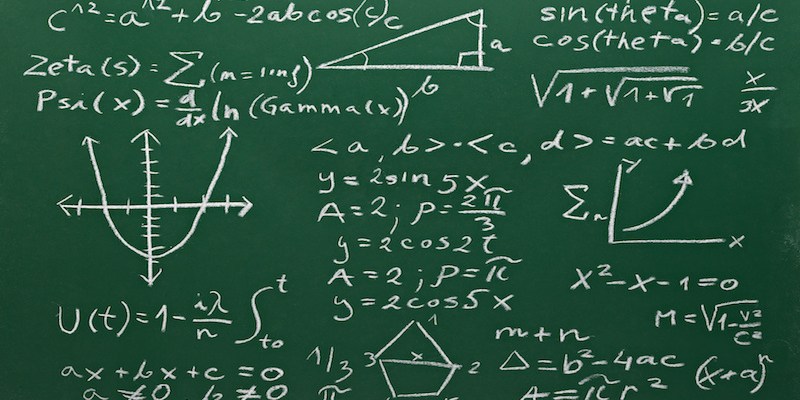|
By Tanvi Hisaria
Consider the following situation: a runner is competing against a tortoise in a race. The tortoise is given a head start of 1 meter. Now, the runner starts running. In the time that it takes for him to run 1m, the tortoise has moved 0.5m. In the time that it takes for him to cover that 0.5m, the tortoise has moved another 0.25m. In the time that it takes for him to cover the 0.25m, the tortoise has moved another 0.125m, and so on. In whatever time the runner takes to cover the distance moved by the tortoise, the tortoise will move a little bit more. It would seem that the runner can never overtake the tortoise, but can only reduce its lead. If you perform such an experiment, however, the runner just runs past the tortoise with no regard to the mathematics involved. How can this be explained? This is a puzzle that troubled Zeno, an ancient Greek thinker famous for pointing out paradoxes in logic and mathematics. Perhaps one of his most famous paradoxes, the problem described above led to a revolution in mathematical thinking about the concept of infinity. From the above example, consider the sum 1 + (½) + (¼) + (⅛) + …. This value gets closer and closer to 2, which is mathematically stated as “the value tends to 2 as the sum tends to infinity”. Most people understand this result as: the value gets closer and closer and closer to 2, but never actually reaches it, because you’re only covering half the distance between the value and 2 each time you add. However, considering what happens in real life, one does actually reach 2 and overtake the tortoise. This explains an important aspect about a counterintuitive concept of infinity: at infinity, you are not just infinitely close to the value, but are actually there. Thus, infinite sums have a value, and infinity is attainable! Now, let’s consider another mathematical puzzle: Russell’s paradox. In a town, there exists only one barber, and he shaves all the men who do not shave themselves. Thus, there are men who shave themselves, and men who are shaved by the barber. But, who shaves the barber? If he shaves himself, then he cannot be the barber , as the barber is supposed to shave only the men who do not shave themselves. If he does not shave himself, then he also cannot be the barber, as the barber is supposed to shave all men who do not shave themselves. Thus, a paradox arises, and the barber seems unable to either shave or not shave himself. This story is an example of the broader problem in set theory (the mathematical study of collections of objects). Let S be the set of all sets that do not contain themselves; does S contain itself? If yes, then S contradicts itself, since S is the set of all sets that do not contain themselves. If not, then S should contain itself, as S is a set that does not contain itself. While the barber paradox has a solution in popular lore (the barber is a woman and hence does not need to shave!), Russell’s original paradox is not so simple. Early proposed solutions questioned every aspect of set theory: the definition of sets, hierarchies of sets, and even the nature of logic itself. Consequently, the aforementioned paradox has introduced new conditions and axioms that have strengthened the foundations of set theory. The two examples demonstrate the utility of paradoxes in mathematics. These deconstructions of logic invite mathematicians to delve deeper into a problem and find flaws in reasoning, thereby demonstrating a good strategy for solving any problem in general: to find the right answers, you have to first ask the right questions. There are various other examples, such as the Bertrand Paradox, that have led to a clearer definition of the term ‘random’ in probability problems. These paradoxes have questioned previously unchallenged areas of mathematics. In the process of resolving a paradox, all terms of the problem are examined meticulously, which leads to the extremely precise and well-defined discipline that exists today. Tanvi is a freshman in Columbia College intending to major in Mathematics. She is a staff writer for the Columbia Science Review.
0 Comments
Leave a Reply. |
Categories
All
Archives
April 2024
|

